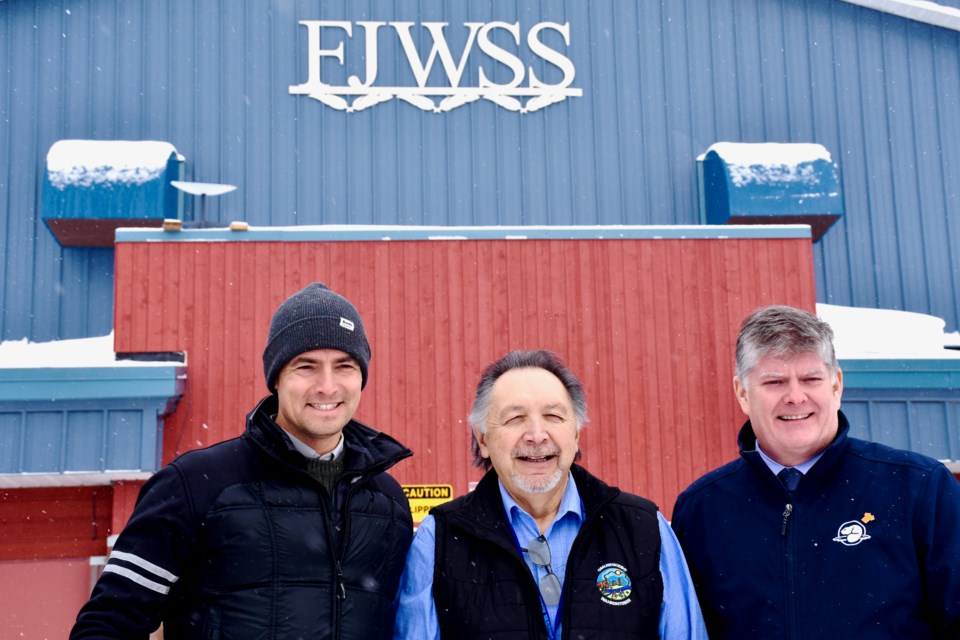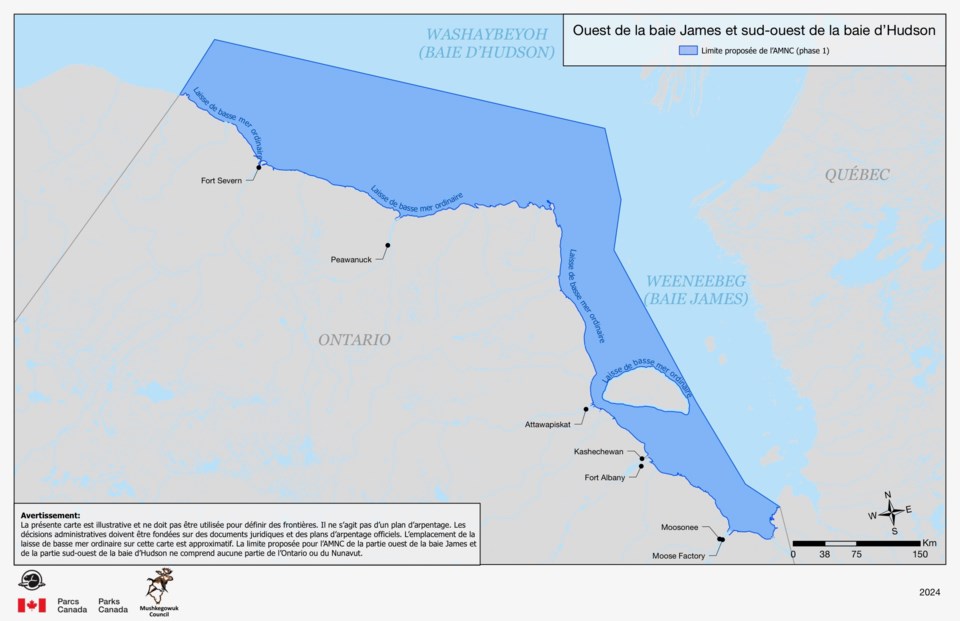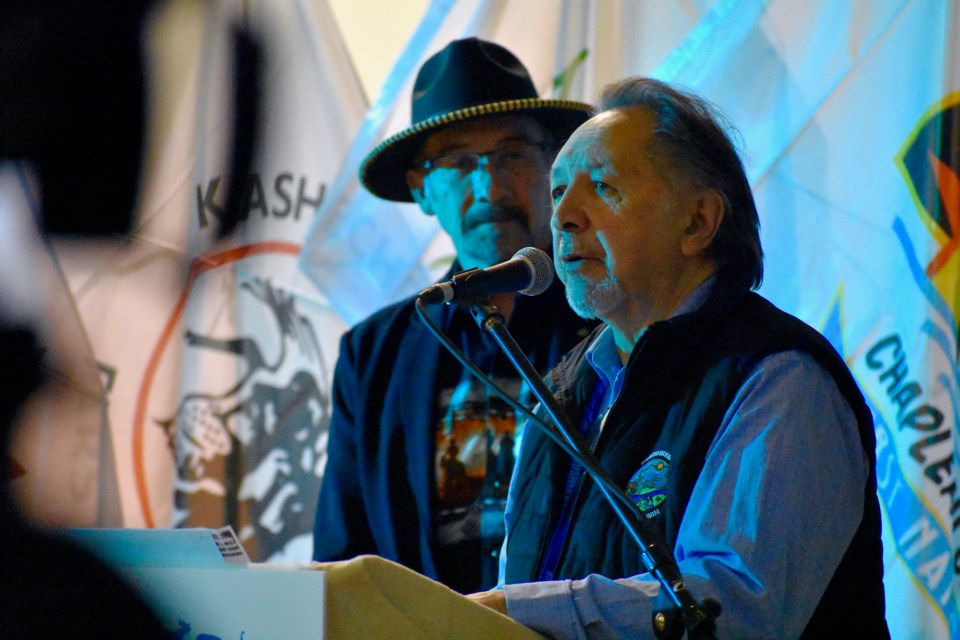KASHECHEWAN — The proposed national marine conservation area (NMCA) continues to make a splash on the James Bay coast.
The feasibility study for the NMCA was formally accepted Feb. 21, allowing the project to move on to the next steps, which include negotiating with Parks Canada.
"We're going to continue doing engagement on the feasibility study ... that we have done, make sure everybody understands that has any questions. If there's any changes to be done, we will alter and do some editing," said Lawrence Martin, Mushkegowuk Council's lands and resources department director.
The announcement was made in Kashechewan, a remote community on the James Bay coast about 400 kilometres north of Timmins. It included Mushkegowuk Council and its communities, Parliamentary Secretary to the Minister of Environment and Climate Change Adam van Koeverden, and Parks Canada president and CEO Ron Hallman

By April, Martin expects to have a team together to negotiate with Parks Canada, a process that could months or years.
"We're going to be looking at funding levels to create the jobs we feel is necessary for the monitoring to take place — all the land and the waters and the birds, animals and so forth. So there'll be a science component to it. And we also put in a food strategy section to ensure that food is being provided to the elders and the communities," said Martin.
The NMCA has been years — even decades — in the making.
Along with Mushkegowuk Council, the work includes Oceans North, Wildlands League and Oceans Collaborative, as well as Mushkegowuk’s seven First Nations, Weenusk First Nation and Fort Severn.
In 2021, Mushkegowuk Council and Parks Canada signed a memorandum of understanding for the proposed NMCA. That launched a three-year feasibility study in the western James Bay and southwestern Hudson Bay region.
The 90,000-square-kilometre area is home to polar bears, belugas and many Arctic and subarctic species. The region's wetlands are part of the largest wetland complex in North America.
Ottawa committed up to $800 million to support four Indigenous-led marine conservation projects across Canada in 2022.

The project, said Martin, is a chance to show Canada and the world the importance of the area for biodiversity and how important the water and shoreline are.
The work does come with challenges, including getting all of the communities on board with it.
"It seems to be a lot easier to get consensus from the community members, they all agree that we need to protect the land and resources ... They want to protect everything that we talked about here today. But it's the chief and councils that are afraid to make that commitment to sign any document. You know, I think it's just requires more time as we've stated in here, more time for them, to understand it, to learn it," said Martin.
Upstream from the NMCA, in northwestern Ontario, is also the Ring of Fire that could potentially bring hundreds of years of mining critical minerals and more people living in that region.
There is fear that the critical mineral strategy may impact the conservation plan overall, said Martin.
"We've had to look at a strategy in which we say to the Ontario government and to the mining companies ... we feel that conservation and critical mineral strategy can go hand in hand," he said.
With proper land-use planning, Martin said there could be sections of land for conservation and sections for critical mineral activities.
"The mining companies we spoke to also agree with that, they need certainty, they want to know where conservation is and whatnot. So I think we can head in that direction, in the same lane, so to speak"
In Ontario's Far North, there is also work being done to protect the James Bay lowlands.
The work to protect the land is known as the project for finance permanence (PFP). While the initiatives have the same goal of conserving the environment, they are separate.
The federal deadline for the PFP is June 30.
"Because there's some fear from the federal government that an election might happen ... we're trying to meet a whole bunch of conditions to be able to have a closing deal signed by that time with the feds, but Ontario has to be on side," said Martin, adding the province hasn't spoken to them.
— TimminsToday




